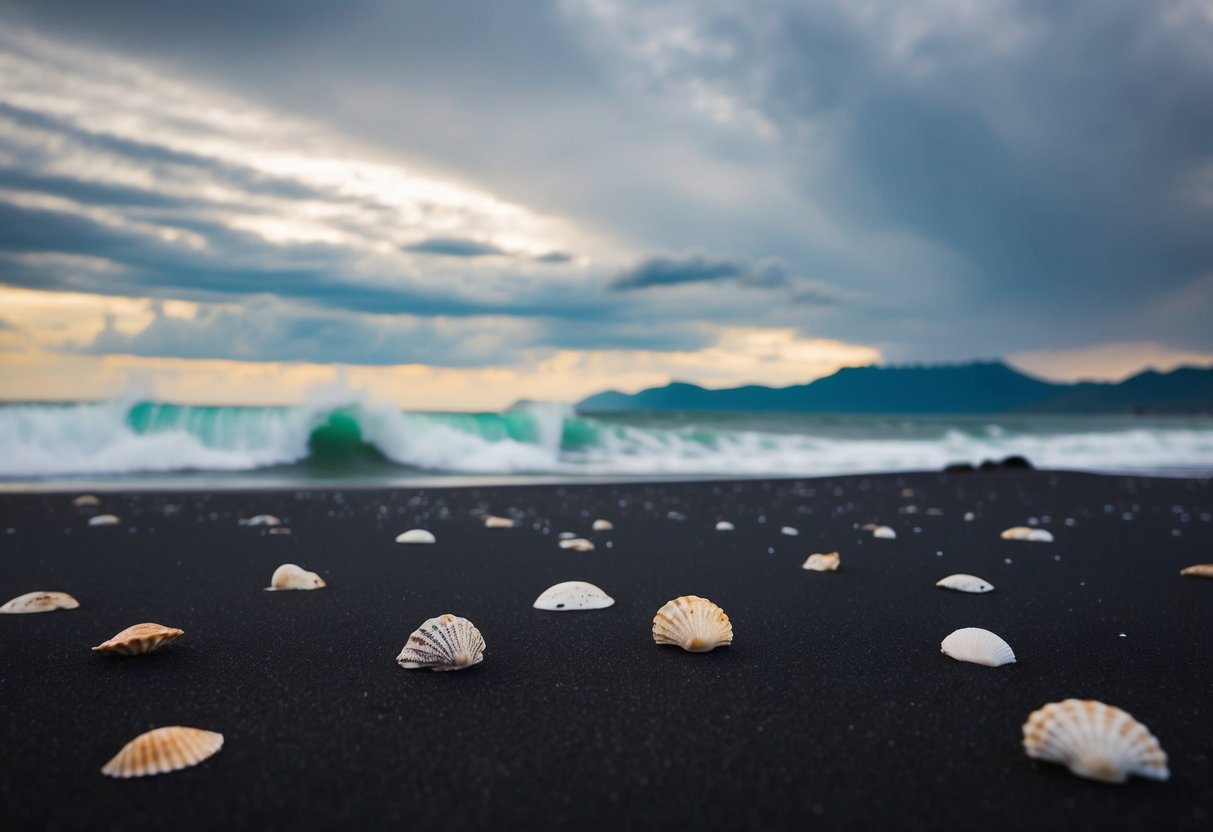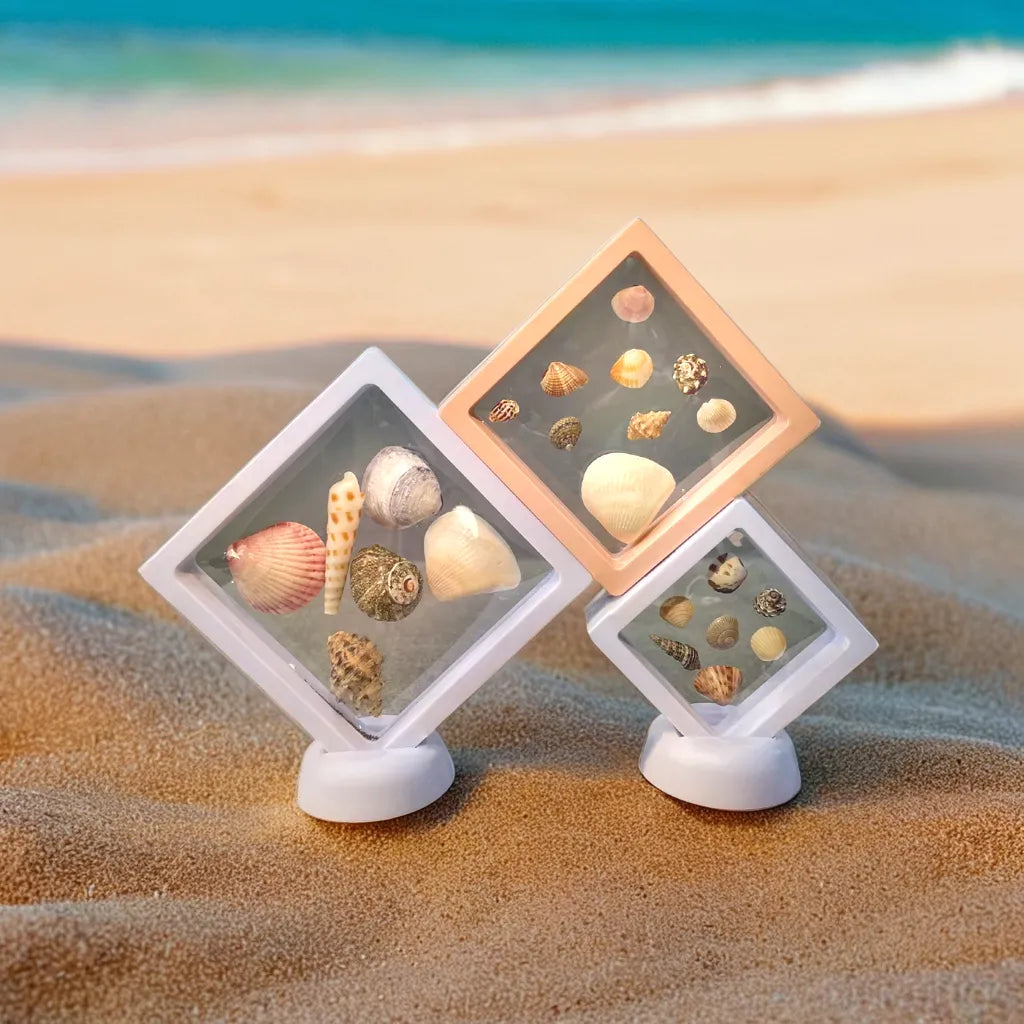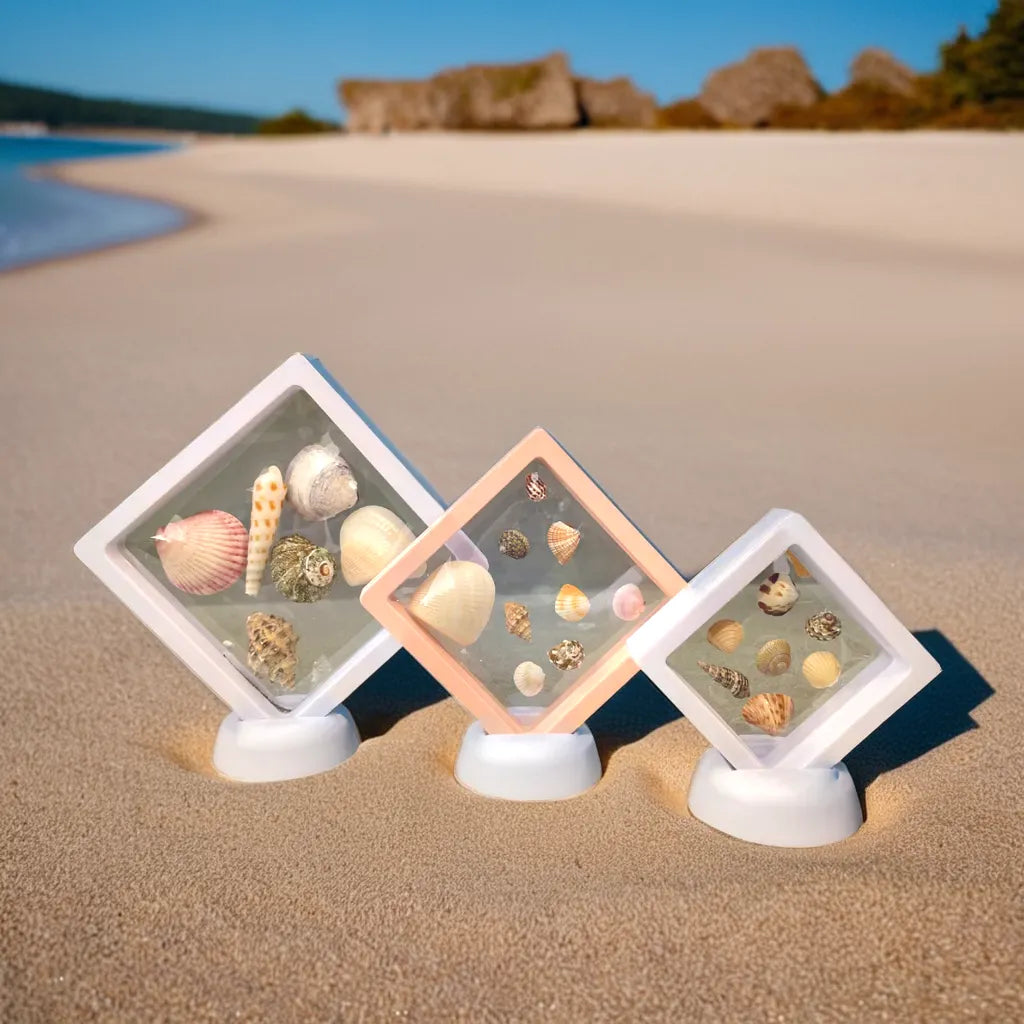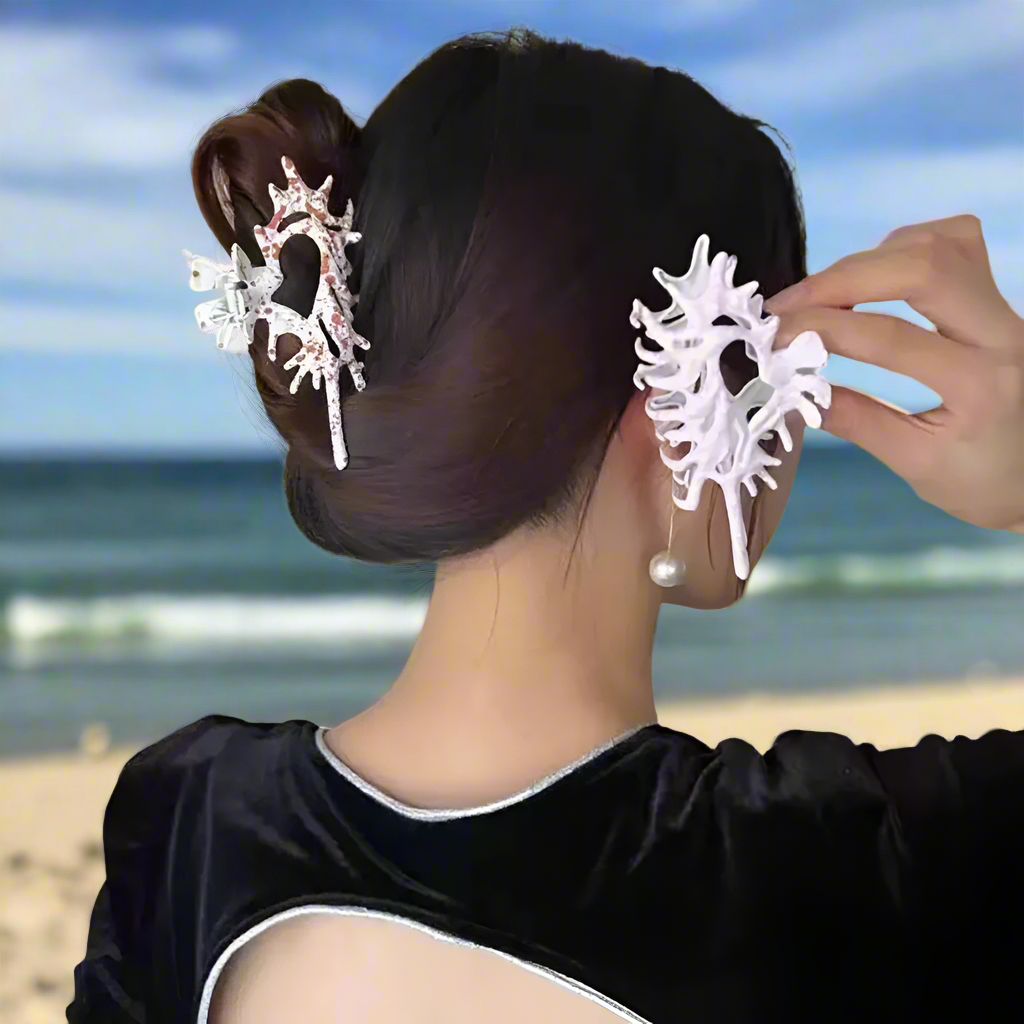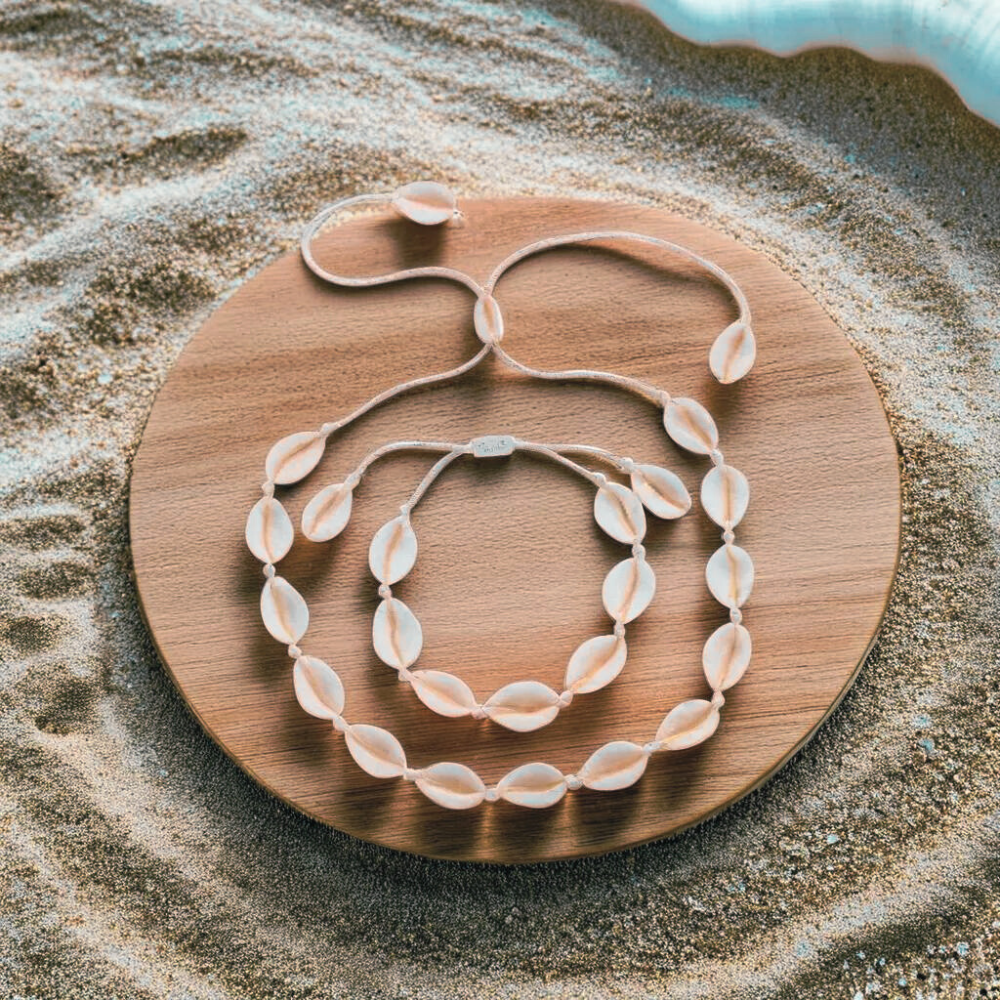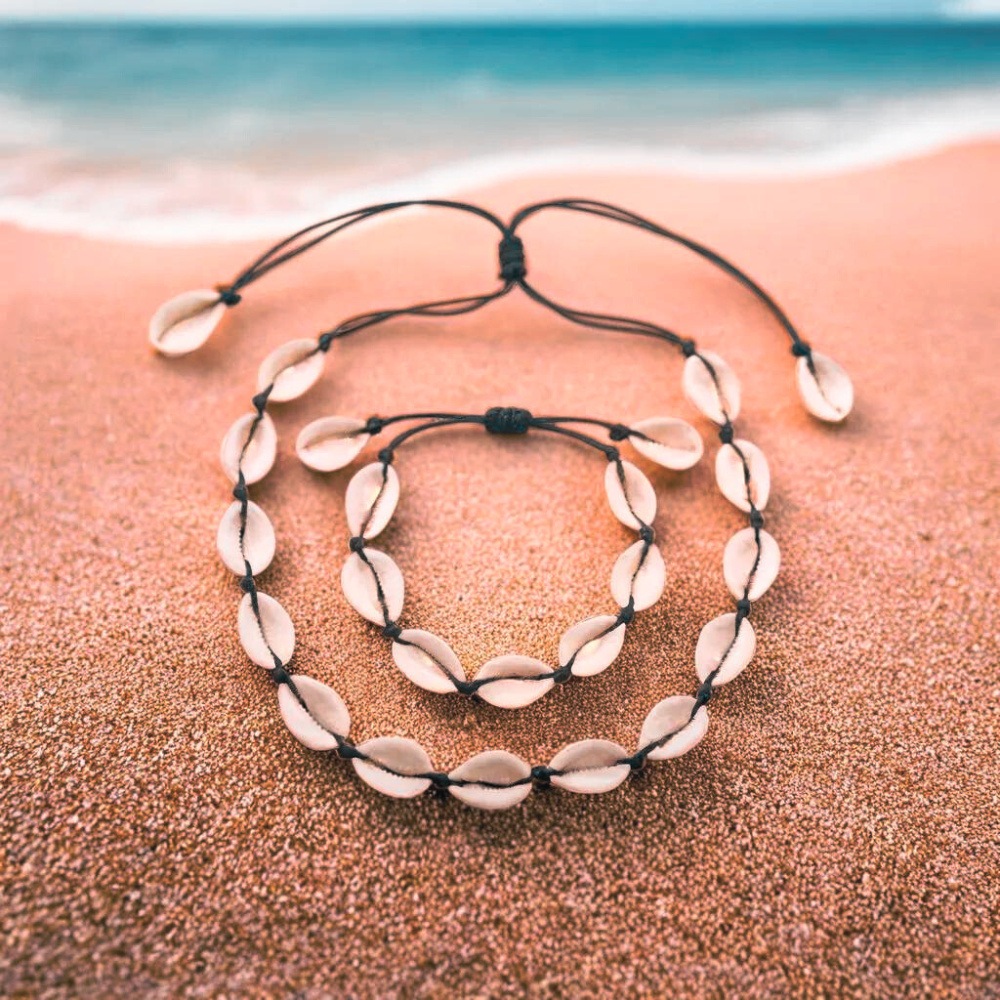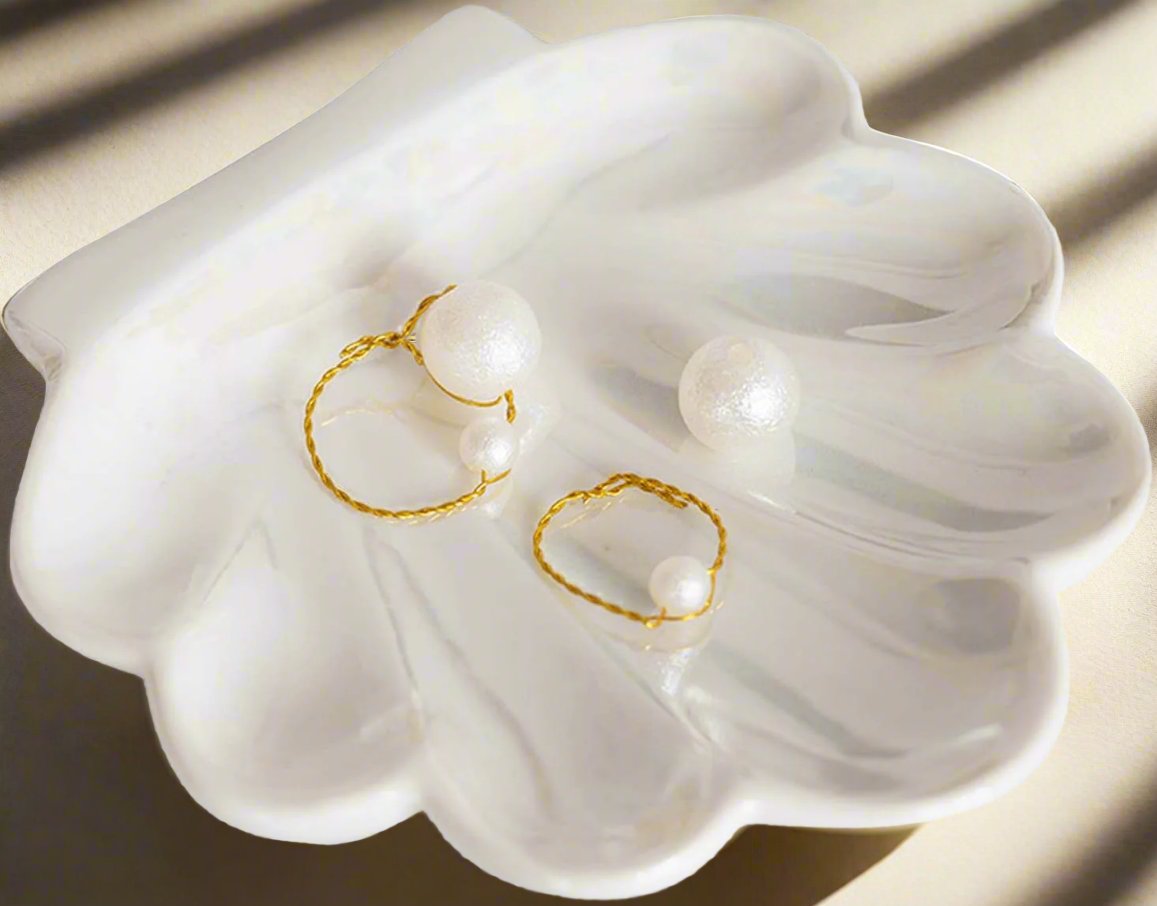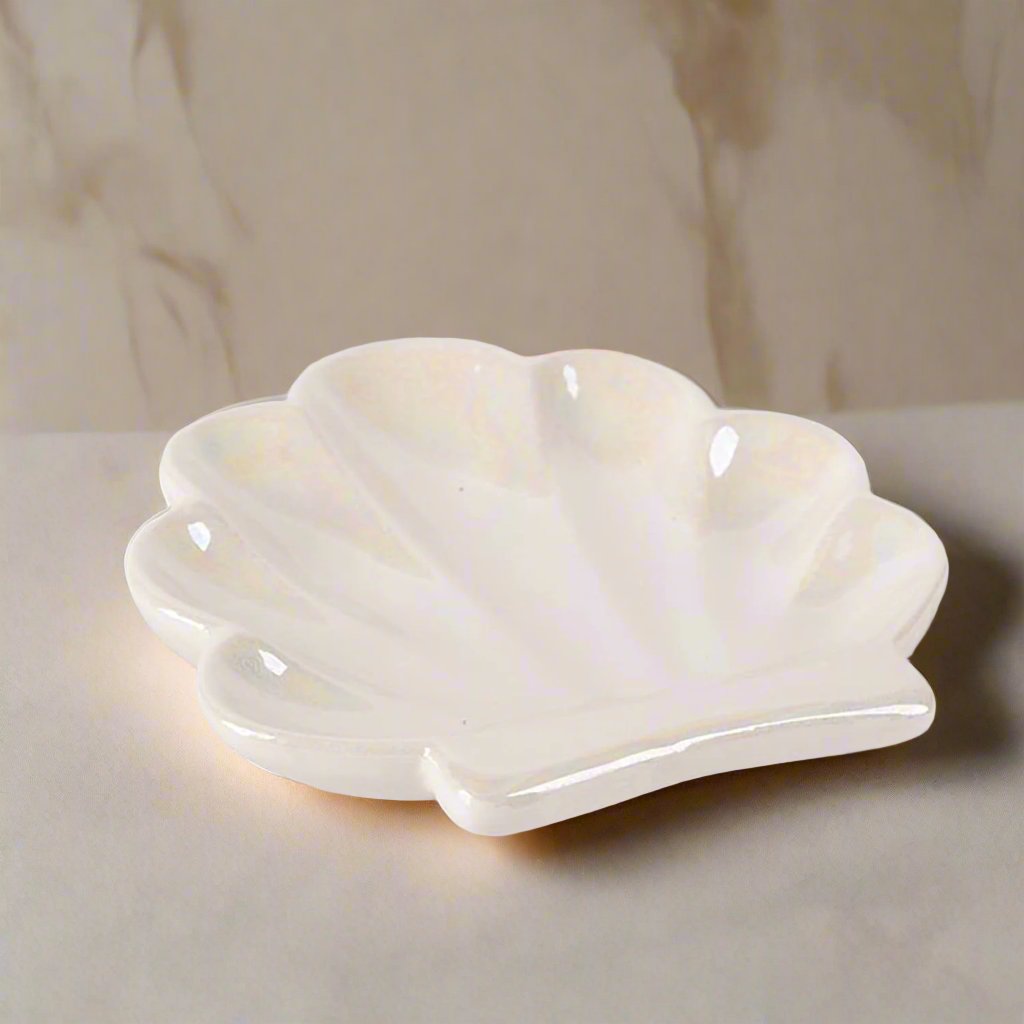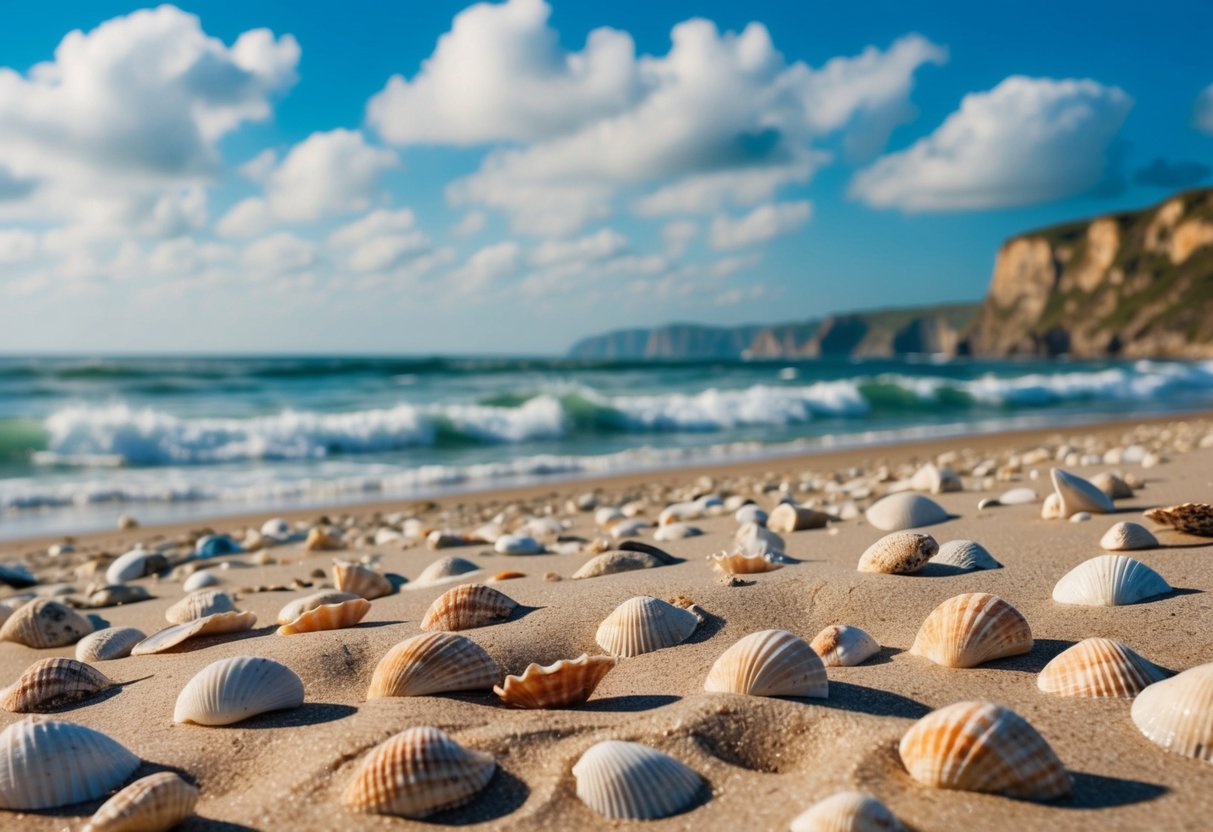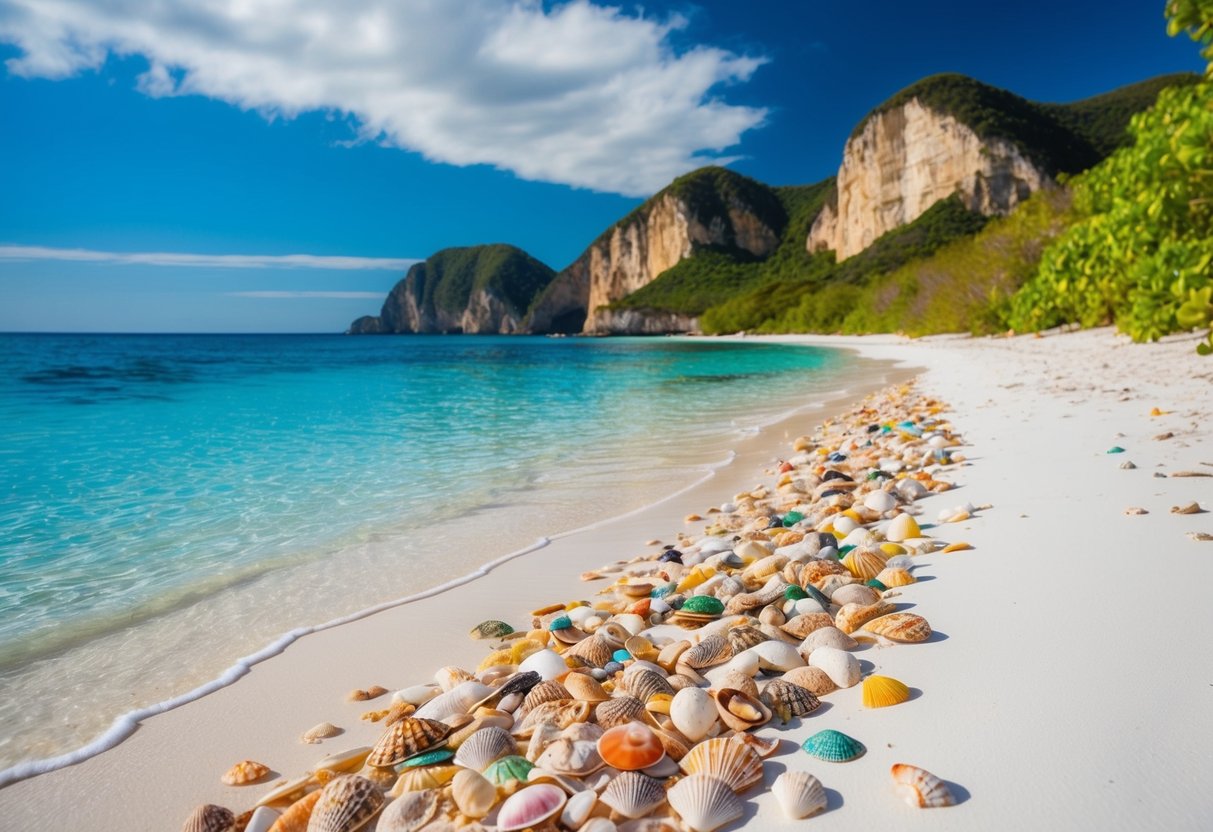Iceland's beaches offer a unique experience for shell collectors. The island's volcanic landscape creates an interesting mix of black sand and colorful shells. Visitors can find a variety of shells washed up on the shores.
 Iceland has several great spots for shelling along its coastline. These beaches provide opportunities to find different types of shells. Some beaches are easy to reach, while others require a bit more effort to get to. Shelling in Iceland can be a fun activity for both adults and kids.
Iceland has several great spots for shelling along its coastline. These beaches provide opportunities to find different types of shells. Some beaches are easy to reach, while others require a bit more effort to get to. Shelling in Iceland can be a fun activity for both adults and kids.
 Iceland has several great spots for shelling along its coastline. These beaches provide opportunities to find different types of shells. Some beaches are easy to reach, while others require a bit more effort to get to. Shelling in Iceland can be a fun activity for both adults and kids.
Iceland has several great spots for shelling along its coastline. These beaches provide opportunities to find different types of shells. Some beaches are easy to reach, while others require a bit more effort to get to. Shelling in Iceland can be a fun activity for both adults and kids.
1) Hvítserkur Beach
Hvítserkur Beach is located on the Vatnsnes peninsula in North-West Iceland. It offers a unique shelling experience with a stunning backdrop. The beach's main attraction is the 15-meter tall Hvítserkur rock formation. This basalt stack stands about 50 meters offshore, resembling an animal drinking from the sea. Visitors can explore the shoreline for various shells and marine debris. The beach is also a nesting ground for seagulls, shags, and fulmars. To reach Hvítserkur Beach, visitors need to drive about 30 minutes from the Ring Road. It's best to plan at least 1.5 to 2 hours for the entire visit, including travel time. The area around Hvítserkur is known for its rugged beauty and wildlife. Seals can often be spotted lounging on nearby rocks or swimming in the bay. While shelling, visitors should be mindful of the tides and local regulations. It's important to respect the natural environment and wildlife habitats.2) Djúpivogur Shell Beach
Djúpivogur, a small town in East Iceland, boasts a stunning shell beach along its coastline. This hidden gem attracts shell collectors and nature enthusiasts alike. The beach features a diverse array of shells washed up by the Atlantic Ocean. Visitors can find various types, including clam, scallop, and mussel shells in different sizes and colors. Djúpivogur's black sand provides a striking contrast to the pale shells, creating a unique backdrop for beachcombing. The area's rugged beauty adds to the appeal of this shell-hunting spot. The best time to visit is during low tide when more shells are exposed. Early morning walks often yield the best finds before other collectors arrive. Nearby attractions include the Eggs of Merry Bay, an outdoor art installation featuring 34 large egg sculptures. These represent local bird species and complement the natural beauty of the shell beach. Visitors should dress warmly and wear sturdy shoes, as Icelandic weather can be unpredictable. It's important to respect the environment and take only a few shells as souvenirs.3) Vík í Mýrdal
Vík í Mýrdal is a small town on Iceland's southern coast, about 180 km from Reykjavik. It's known for its stunning black sand beaches, which draw visitors from around the world. The beaches near Vík are famous for their dramatic landscapes and unique geological features. The black sand comes from ancient volcanic eruptions, creating a stark contrast with the crashing waves. Reynisfjara is the most well-known beach in the area. It's often included in South Coast tours and road trips around Iceland. The beach offers more than just black sand - it's also home to impressive basalt columns and sea stacks. While Vík's beaches are beautiful, they're not typical shelling destinations. The powerful waves and dangerous currents make it unsafe for beachcombing. Visitors should admire the scenery from a safe distance. Despite the lack of shells, Vík offers other attractions. The town has shops selling woolen products, including Icelandic sweaters and blankets. These make great souvenirs for those looking to bring a piece of Iceland home.4) Sandskeið
Sandskeið is a unique beach located in southern Iceland. Unlike the famous black sand beaches, Sandskeið features golden-colored sand, making it stand out among Iceland's coastal areas. The beach stretches along the Atlantic Ocean, offering visitors stunning views of the surrounding landscape. Its wide, flat expanse makes it ideal for beachcombing and shell collecting. Sandskeið is known for its variety of seashells that wash up on shore. Visitors can find different types of mollusks, including clams, scallops, and cockles. The shells come in various shapes, sizes, and colors. The best time to visit Sandskeið for shelling is during low tide. This is when more shells are exposed on the beach, giving collectors a better chance of finding interesting specimens. While exploring Sandskeið, visitors should be mindful of the weather and tides. The Icelandic coast can experience strong winds and unpredictable weather changes, so it's important to dress appropriately and check local conditions before venturing out.5) Djúpalónssandur Beach
Djúpalónssandur is a unique black sand beach on Iceland's Snaefellsnes Peninsula. Its dark color comes from volcanic rocks and minerals like basalt and lava. The beach is known for its strange lava formations and rocky cliffs. These create an otherworldly landscape that draws many visitors. Djúpalónssandur has a rich history as a fishing village. Four ancient lifting stones still sit on the beach. Fishermen once used these to test their strength. The stones weigh between 23 kg and 155 kg. They serve as reminders of the area's fishing past. Visitors can hike from Djúpalónssandur to nearby Dritvík cove. This was once Iceland's largest seasonal fishing station. The beach also holds remnants of a shipwreck. Rusty pieces of metal can be seen scattered across the sand. While not ideal for traditional shelling, Djúpalónssandur offers a chance to find unique volcanic rocks and pebbles. Its stark beauty and haunting atmosphere make it a must-visit Icelandic beach.6) Stokksnes Beach
Stokksnes Beach stands out as one of Iceland's most photogenic coastal areas. Located on the southeastern coast, it offers a striking landscape that captivates visitors and photographers alike. The beach features dark, volcanic sand that stretches for about 2 kilometers along the shoreline. This black sand creates a dramatic contrast against the ocean and surrounding scenery. Dominating the view is the majestic Vestrahorn mountain. Its steep, jagged peaks rise up to 454 meters, forming a stunning backdrop to the beach. The mountain's unique shape has earned it the nickname "Batman Mountain" among some visitors. A shallow lagoon separates the beach from the mountain, adding another element to the already diverse landscape. On calm days, the still water creates beautiful reflections of the mountain and sky. Wildlife enthusiasts might spot seals lounging on the beach during their visit. These animals sometimes visit the area, adding to its natural appeal. Stokksnes Beach is accessible by car, with a gravel road leading to a parking area. Visitors should note that there may be an entrance fee to access the beach and surrounding area.7) Snæfellsnes Peninsula
The Snæfellsnes Peninsula, located in western Iceland, offers diverse coastal landscapes for shelling enthusiasts. This area is often called "Iceland in miniature" due to its varied natural features. Black sand beaches dot the peninsula's coastline, providing unique settings for shell hunting. The contrast between dark sands and light-colored shells creates a striking visual experience. Djúpalónssandur beach stands out as a prime spot for shell collectors. Its black pebble shore and dramatic lava formations create an otherworldly atmosphere for beachcombing adventures. The peninsula's beaches face the open Atlantic Ocean, increasing the chances of finding interesting shells washed ashore. Tides and storms often bring in new treasures for shell seekers to discover. While exploring, visitors may also encounter remnants of the area's fishing history alongside natural finds. The peninsula's rich maritime heritage adds depth to the shelling experience. Búðir, a small hamlet on the peninsula, features a picturesque black church near the coast. This area's beaches offer additional opportunities for shell hunting in a scenic setting.8) Hvalnes Beach
Hvalnes Beach is a unique coastal gem in southeastern Iceland. This black pebble beach stretches for several kilometers along the shoreline, offering visitors a striking contrast between dark sands and crashing waves. The beach is part of the Hvalnes Nature Reserve, which is easily accessible from the Ring Road. Visitors can park in a nearby lot and explore the area on foot. A notable landmark at Hvalnes Beach is the bright yellow lighthouse that stands at the tip of a small peninsula. This picturesque structure adds a pop of color to the dramatic landscape. The beach area provides stunning views of the surrounding mountains and ocean. On clear days, visitors can see the impressive Eystrahorn mountain in the distance. Hvalnes Beach is not typically known for shelling, but beachcombers may find interesting pebbles and rocks along the shore. The area's unique geology creates a diverse mix of stones and minerals. Wildlife enthusiasts might spot seabirds in the area. The beach and surrounding waters are home to various species that nest and feed in the coastal environment.9) Diamond Beach
Diamond Beach in Iceland offers a unique shelling experience. It's located on the southern coast, about 235 miles from Reykjavik. The beach gets its name from the icebergs that wash up on shore. These chunks of ice resemble sparkling diamonds against the black volcanic sand. The contrast creates a stunning visual effect. Visitors can find ice pieces of different sizes and shapes along the shore. The beach is right next to Jokulsarlon glacier lagoon. It's easy to spot from Route 1, the main road. Clear signs point the way, and you can see the glacier from the road. Diamond Beach is a top attraction in Iceland. Its beauty makes it popular with photographers. The icebergs shine under the Midnight Sun in summer, adding to the magical atmosphere. While not a traditional shelling spot, visitors can search for unique ice formations. These "ice shells" change constantly as new pieces wash up and others melt away. Each visit to Diamond Beach offers a different experience.10) Reynisfjara Black Sand Beach
Reynisfjara is a stunning black sand beach on Iceland's south coast. It's known for its dramatic landscape and unique geological features. The beach's dark sands contrast beautifully with the crashing white waves of the Atlantic Ocean. Towering basalt columns line the cliffs, creating a striking backdrop. Reynisfjara is located near the small fishing village of Vík í Mýrdal. It's about 180 kilometers from Reykjavik, making it a popular day trip destination. Visitors can explore the beach year-round, but summer offers longer daylight hours. This allows more time to enjoy the scenery and take photos. While not ideal for traditional shelling, Reynisfjara offers other natural treasures. Smooth black pebbles and interesting rock formations can be found along the shoreline. Safety is important at Reynisfjara. The waves can be powerful and unpredictable, so visitors should stay alert and keep a safe distance from the water. The beach's unique beauty has made it a popular filming location. It has appeared in several movies and TV shows, adding to its fame.Geography and Landscape of Iceland
Iceland's unique geography stems from its location on the Mid-Atlantic Ridge. The island's dynamic landscape features volcanoes, glaciers, and rugged coastlines shaped by powerful natural forces.Unique Coastal Geology
Iceland's coast boasts diverse geological features. Black sand beaches, like Reynisfjara near Vík í Mýrdal, showcase the island's volcanic nature. These beaches form from eroded lava rocks and volcanic ash. Basalt columns line some shores, creating striking geometric patterns. Stokksnes beach in the Eastfjords offers a prime example, with columns rising from black sand against a backdrop of mountains. Diamond Beach, near Jökulsárlón glacier lagoon, gets its name from ice chunks that wash up on the black sand. These "diamonds" break off from nearby glaciers and create a stunning visual contrast.Climate and Seasonal Changes
Iceland's climate varies greatly between seasons due to its high latitude. Summers bring long days with up to 24 hours of daylight in some areas. This period, known as the "midnight sun," occurs from late May to early August. Winters see short days and extended darkness. The "polar night" happens in northernmost parts of Iceland, where the sun doesn't rise for days or weeks. Weather can change quickly in Iceland. Coastal areas tend to be milder than inland regions. The Gulf Stream helps moderate temperatures along the southern and western coasts. Seasonal changes affect Iceland's landscape dramatically. Summer reveals lush green valleys and fields of purple lupines. Winter transforms the land with snow and ice, creating a stark, ethereal beauty.Marine Life and Biodiversity
Iceland's coastal waters teem with diverse marine life. From tiny mollusks to large sea mammals, the ocean around Iceland supports a rich ecosystem. Beachcombers can find many types of shells and other sea treasures along the shore.Common Shell Species Found on Icelandic Beaches
Iceland's beaches offer a variety of shells for collectors. Common finds include:- Periwinkle shells
- Blue mussels
- Iceland scallops
- Arctic moonsnails
- Whelks
Ecosystem of Coastal Waters
Iceland's coastal waters support a complex food web. Plankton forms the base, feeding small fish and invertebrates. These in turn become prey for larger animals. Key species in Iceland's marine ecosystem:- Atlantic cod
- Herring
- Capelin
- Minke whales
- Harbor seals
- Puffins
- Arctic terns
Tips for Shelling in Iceland
Shelling in Iceland can be a rewarding experience. These tips will help you make the most of your beach combing adventures while staying safe and respecting the environment.Best Times to Visit
Spring and fall are ideal seasons for shelling in Iceland. The beaches are less crowded, and storms often wash up interesting finds. Early morning low tides reveal the best treasures. Check tide charts before your trip. Visit beaches 1-2 hours before low tide for prime shelling. Avoid winter due to harsh weather and limited daylight. Summer can be good but expect more people. Always check weather forecasts. Icelandic weather changes quickly. Windy days after storms often yield the best shells and sea glass.Essential Equipment and Safety Measures
Bring the right gear for a safe and fun shelling trip:- Warm, waterproof clothing
- Sturdy boots with good traction
- Gloves to protect hands
- Bucket or mesh bag for collecting
- Tides chart and watch
- First aid kit
Respecting Environmental Guidelines
Follow these rules to protect Iceland's beaches:- Take only a few shells or sea glass pieces
- Leave live creatures in their habitat
- Don't remove rocks or sand
- Pack out all trash, even if it's not yours
- Stay on marked paths to avoid damaging plants

